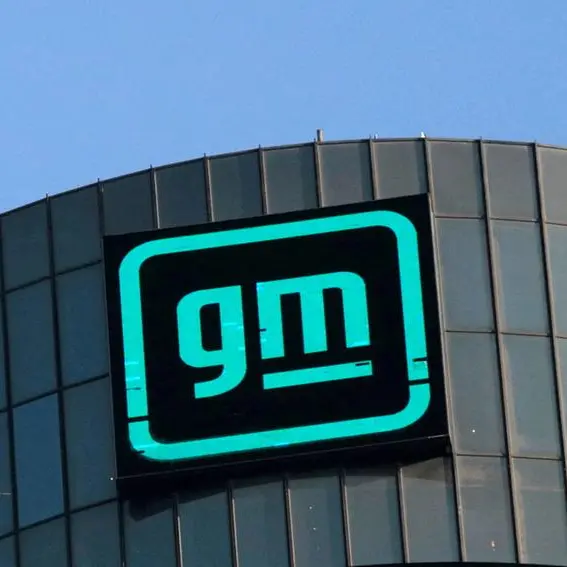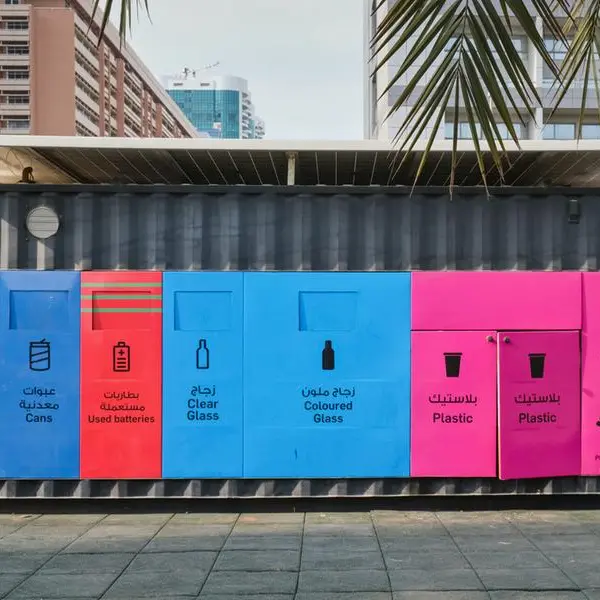PHOTO
GCC banks’ profitability will remain strong in 2024 as the widely expected rate cuts by the US Federal Reserve had been delayed, banking analysts said.
However, in 2025, banks in the region would suffer a slight deterioration as the Fed could start cutting rates in December 2024, and most GCC central banks are likely to follow suit, analysts said.
Since GCC currencies are pegged to the dollar, the banks in the region have benefited from the increase in US interest rates over the past couple of years, and they stand to continue benefiting in 2024 albeit borrowers have to wait to get a respite from the prevailing high rates, analysts said.
On a positive note, the expected rate cuts are also likely to reduce the amount of unrealised losses that GCC banks have accumulated over the past couple of years. Lower interest rates will reduce borrowing costs for homes, cars and other major purchases and probably fuel higher stock prices, all of which could help accelerate growth in the region.
In 2023, listed banks in the GCC saw a notable 23.1 per cent year-on-year surge in their combined net profit to reach $53.2 billion, showed a KPMG report. The UAE-listed banks emerged as the top performers with their profit surging the most by 46.1 per cent year-on-year to $19.7 billion, according to the report.
At year-end 2023, the average return on assets of the top 45 banks in the region reached 1.7 per cent, up from 1.2 per cent at year-end 2021.
After the Fed held its policy rate at 5.25 per cent-5.50 per cent at its May 1 meeting, Chair Jerome Powell said that rate cuts won’t occur until policymakers are confident that inflation is on a sustainable path toward the central bank’s 2.0 per cent target (barring an unexpected weakening in the labor market).
“We expect GCC banks’ profitability to remain strong in 2024 thanks to the delay in rate cuts,” said S&P Global Ratings credit analyst Mohamed Damak. “We also expect asset quality to remain resilient despite the higher-for-longer rates thanks to supportive economies, contained leverage, and a high level of precautionary reserves,” he added. “We also expect asset quality to remain resilient despite the higher-for-longer rates thanks to supportive economies, contained leverage, and a high level of precautionary reserves.”
Despite delays relative to expectations, markets still expect one or two interest rate cuts by Fed and GCC central banks in 2024.
However, when rates decline, some banks are more at risk than others. Banks with significant corporate lending are likely to see a greater impact than others. Corporate lending in the GCC region is typically at variable rates and banks tend to reprice it relatively quickly.
The most vulnerable bank in S&P’s sample stands to lose around 30 per cent of its bottom line with every 100 basis point drop in rates. This assumes a static balance sheet and a parallel shift in the yield curve, which may not hold true in reality. Some of the retail banks in the sample display a moderate impact due to the structure of their balance sheets.
In S&P’s “Your Three Minutes In Banking: When Rates Drop, GCC Banks’ Profitability Will Follow”, Damak said the following factors are likely to mitigate the overall impact of a decline in GCC banks’ profitability:
While higher volumes can compensate for lower margins, rate cuts are also likely to reduce the amount of unrealised losses that banks have accumulated on their investments over the past couple of years. S&P estimates these at around $2.8 billion for rated GCC banks, or 1.9 per cent on average of their total equity at year-end 2023.
Every 100 basis point drop in rates shaves an average of around nine per cent off rated GCC banks’ bottom lines. This is based on the banks’ December 2023 disclosures and assumes a static balance sheet and a parallel shift in the yield curve.
Copyright © 2022 Khaleej Times. All Rights Reserved. Provided by SyndiGate Media Inc. (Syndigate.info).























